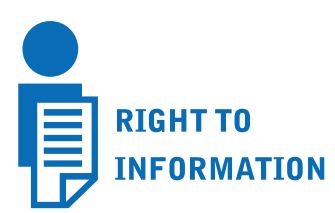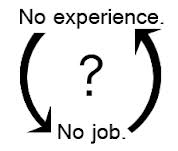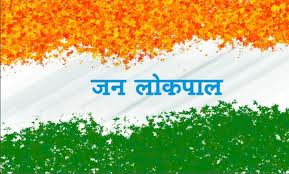Smart Rajya
Promises of leaders making the
country ‘Ram Rajya’ in every election seems to be come true soon in the form of
smart cities, in my words ‘Smart Rajya’. Ram Rajya – city of lord Rama, where
everybody is happy, have ample employment opportunities, top class government
and governance, effective administration, equipped with world best facilities,
high literacy rate, full of prosperity & happiness with satisfied people.
In the technological advancement era, foundation of Ram Rajya is laid down in the
form of Smart Rajya i.e. Smart City.
Somewhat we read in books and
dreaming of it will be turn into reality very soon. Yes ‘Mere Sapno ka Bharat’
will be the ‘Bharat of Smart Cities’. Imagine what can be the be the smart
city, it is something beyond our imagination, Smart City is the city which not
only caters almost all needs of common man but give them quality of life. To
live a quality life along with adequate water supply, assured electricity
supply, affordable housing, sanitation, efficient urban mobility & public transport,
medical facilities & education to all today’s common man needs robust IT
connectivity & digitalization, e-governance & citizen participation, sustainable
environment, anti flood drains, organised parking spaces, safety & security
of citizens etc. All these will be in the smart cities, government promises and
show a clear vision to give the quality life to its citizens by improving
urbanization infrastructure in the form of smart cities. In PM Modi words smart
city is two steps far ahead of common man expectations.
Further for effective
administration and governance, there will be the smart solutions as public
information, grievance redressal, electronic service delivery, citizens’
engagement, waste to energy & fuel, waste to compost, 100% treatment of
waste water, smart meters & management, monitoring water quality, renewable
source of energy, efficient energy and green building, smart parking,
intelligent traffic management system.
Today India is struggling from mammoth
of problems; one of the problems is job creation. Job creation problem can be
looked into two ways – first job creation is not at desired rate and secondly centralization
of job creation only towards the metropolitan and big cities.
Immigration of people from whole
India to Delhi / NCR is evident of the problem. Increasing burden on metros and
other big cities is a big worry. Overpopulation affects infrastructure and
mother of so many problems. In the era of technological advancement, smart
cities are the solutions to bridge the gap between metro cities and small
cities. PM Modi very well said in his radio programme ‘Mann ki Baat’ that
earlier civilization develops near rivers, but in coming time civilization
develops near place where optical fiber passes. Smart cities will be
technological advanced cities with well equipped facilities and effective
administration. Undoubtedly updating of existing structure of present city,
maintenance of upgraded infrastructure, world-wide connectivity, sound
Information and Communication Infrastructure, top class road infrastructure,
sound public transport system will definitely creates jobs and stops
immigration.
We can expect a robust economic
growth in smart cities because of digitalization all things will be on the
click of mouse. Online approval of projects, effective public transport, well
maintained road infrastructure will attracts the industries to be set up there.
Somehow we can say that smart
cities provide ample employment opportunities to the citizens in their own
city. Overall improvement will be there starting from public services to
education and so on. People have not to go out of their home place for earning
livelihood because of the superb connectivity. It will attract investment in IT
sectors basically in Networking, Technology, IT consulting, telecom and managed
services, systems integration, telecommunications, hardware infrastructure,
middleware, sector-specific applications etc. Various IT Jobs like Data
Analytics, Data Scientists, app developers etc. will be in great demand. Public
Private Partnership Model (PPP) will be the model to improve urbanization by
converting existing development into smart cities. PPP model is a source of
employment to so many people.
World is developing at very fast pace.
In the era of smart phones, smart cities are not only the solution; we need smart
citizens and smart villages. India lies in the villages, India is country of
villages, major chunk of Indian Population live in villages. To see India as a
super power in the world’s arena, focus is to be given on ruralisation along
with urbanization.
Regards
Gaurav Arya
Email id – gaauravarya@gmail.com
Mobile No. – 9560607530
Address – 384, Sector-12, Sonepat
(Haryana)





